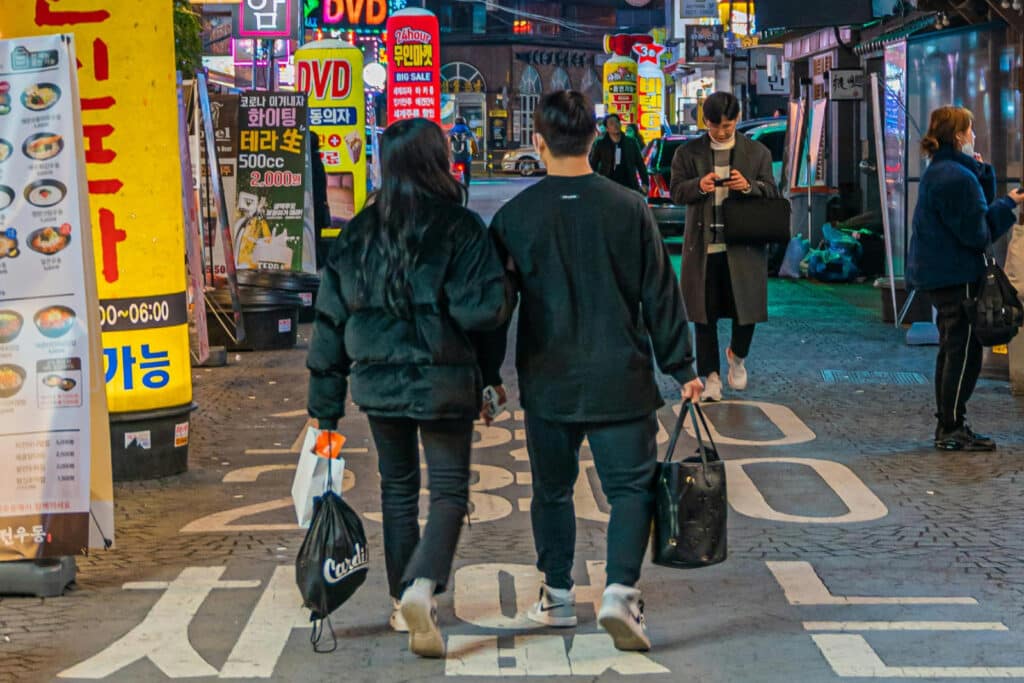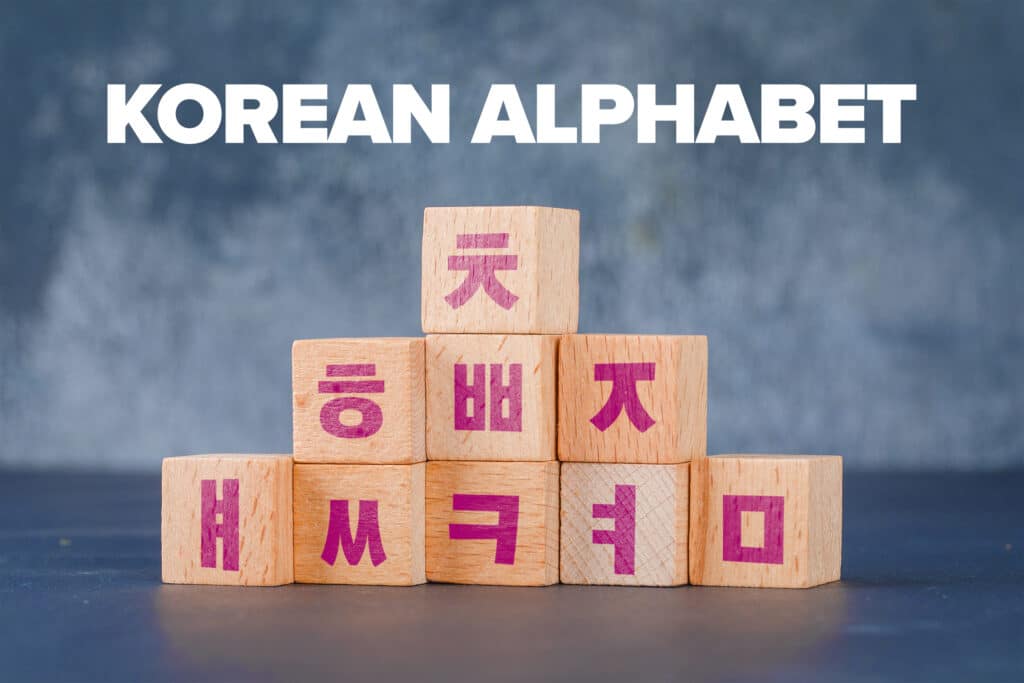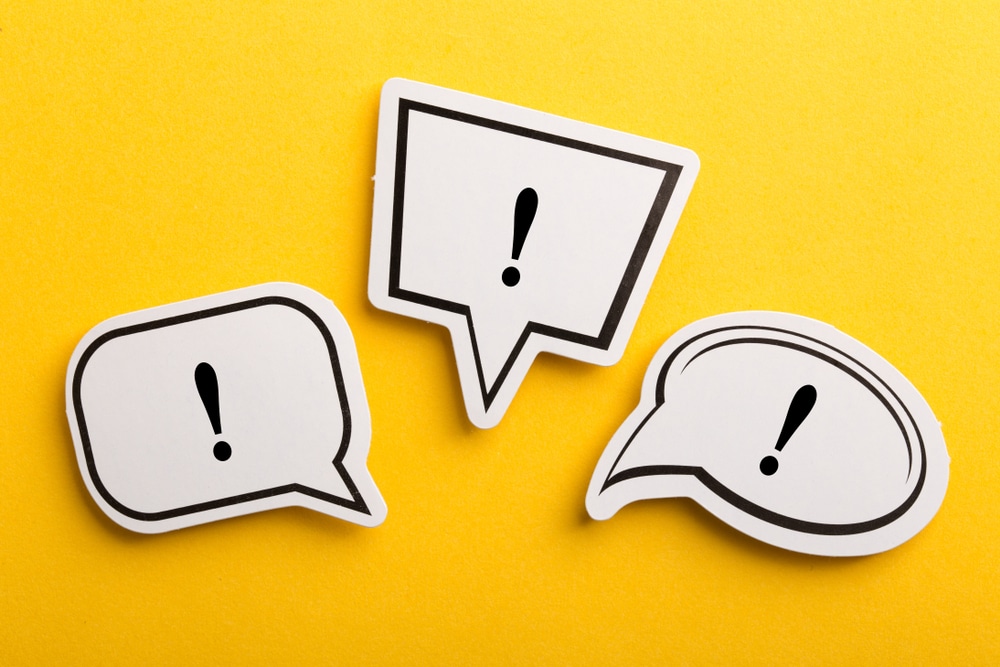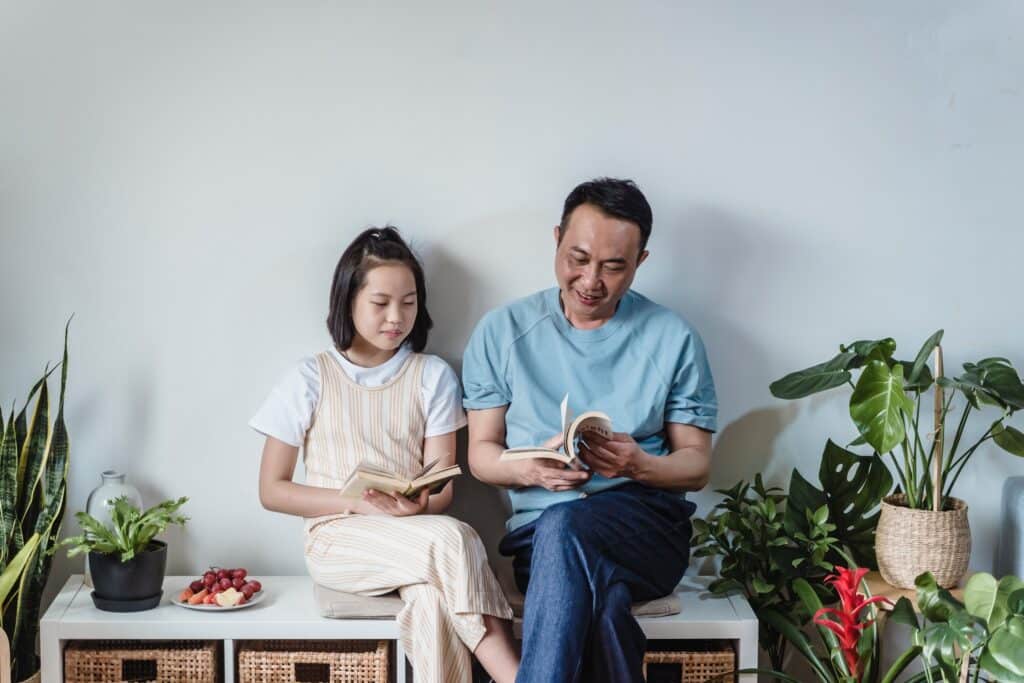“Oppa” Meaning in Korean: When Should You Use It?

Oppa is a very common word in Korean, and you’ve probably already encountered it at least once.
Maybe you’ve …

Oppa is a very common word in Korean, and you’ve probably already encountered it at least once.
Maybe you’ve …

Like types of chocolate, the Korean language comes in a variety of somewhat similar yet still distinct flavors. As you …

Early on in your Korean grammar studies, you’ll encounter the all-important conjunctions. They’re small but mighty things that can take …

It’s common knowledge that South Korea has a popping music industry filled with breakout stars and global sensations.
So among …

Meet Hangul (), a wonderfully easy writing system which some proclaim to be the best foreign language alphabet.
Before …

Exclamations are a category of interjections: Short words or phrases that express strong emotions and reactions.
And as is …

Want (or need) a break from Western written works?
Then I think it’s time you take a peek at Korean …